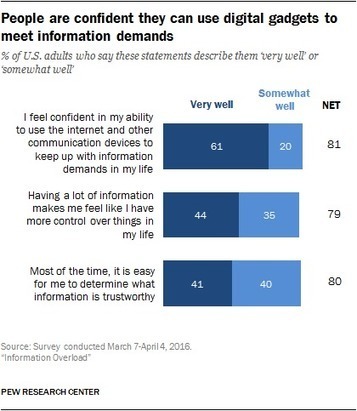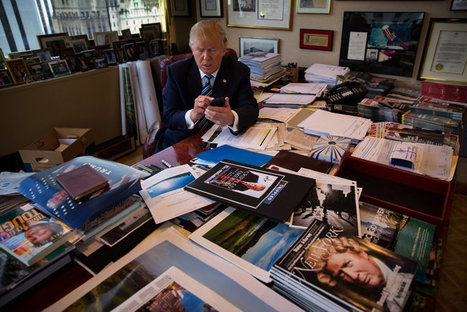Research and publish the best content.
Get Started for FREE
Sign up with Facebook Sign up with X
I don't have a Facebook or a X account
Already have an account: Login
Social marketing, PR insight & thought leadership - from The PR Coach
Curated by
Jeff Domansky
 Your new post is loading... Your new post is loading...
 Your new post is loading... Your new post is loading...
|

Maria Cattini's curator insight,
December 28, 2016 8:40 AM
Hard to believe the most popular shared story on social media wasn't the election. Interesting analysis by Storyclash. |














Covering thought leadership in journalism: Election '16: Lessons for Journalism is recommended reading if you follow journalism and social media.